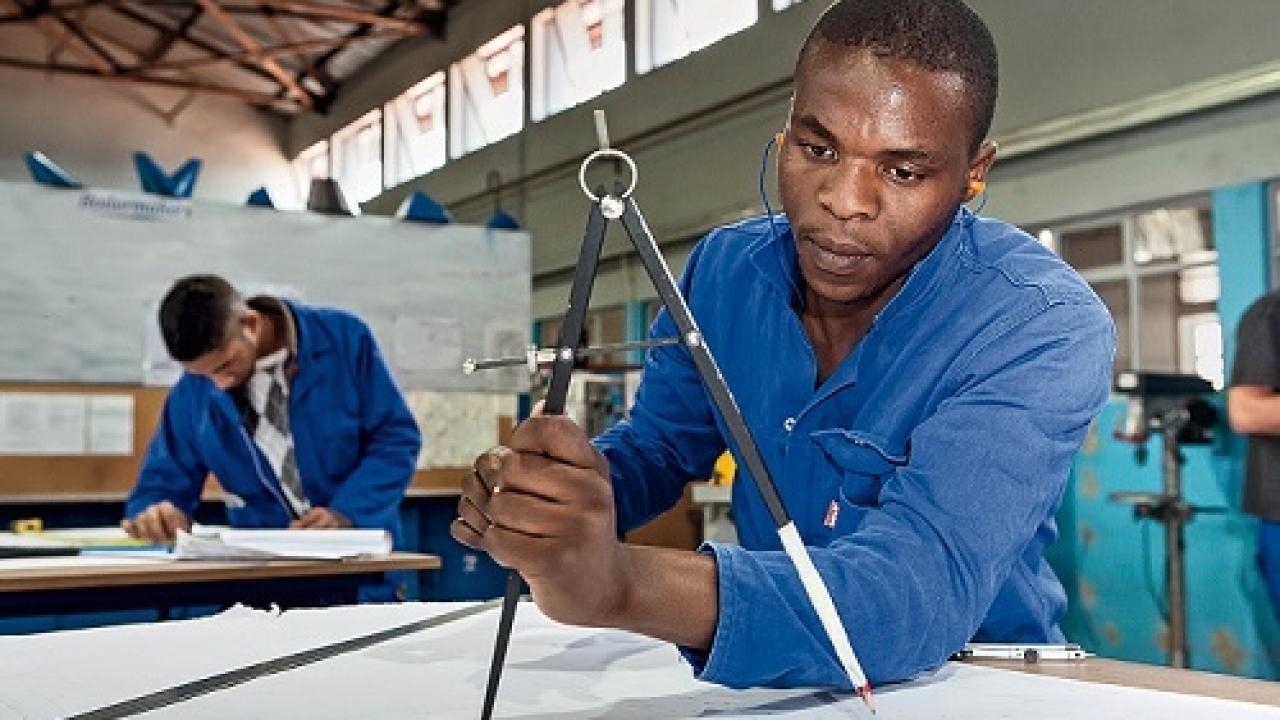Graduate Employability: Time to Take Action – Part 3

By Tope Toogun
News emanating from TETFUND itself corroborates the assertion that all is not well with financial management in our tertiary institutions and TETFUND itself may not have been keeping faith with its own criteria. The agency claims there are funds that institutions have not been able to access because beneficiary institutions were not able to account for how they utilized earlier disbursements. Under its procedure for disbursement of funds, institutions are to account for previous allocations before accessing new ones. Interventions for construction projects are released in three tranches (50%, 35%, 15%) while interventions for procurement are released in two instalments (85%, 15%)
However, in a 2013 presentation, the then Executive Secretary listed major challenges faced by TETFUND as including the inability of some beneficiary institutions to adopt sound management principles, lack of connection between projects and institutions’ objectives and none or partial compliance with requirements for due process, hence stalling the release of other tranches, even for projects for which initial funding had been disbursed. But one of the key requirements for accessing TETFUND intervention is that it must be in line with the university’s mandate (Transforming the Education Sector: The Role of TETFUND, Mallam Aliyu Na’iya, Ag Executive Secretary, 2013) In the Broad Principles for accessing TETFUND interventions, Item 3 stipulates that “submission of proposed projects to the Fund to the sum of the allocated amount must be in line with the institution’s core mandate and should be relevant to teaching, learning and research; including the learning and teaching environment” (Guidelines for Accessing TETFUND Intervention Funds, May 2015) How then can the same agency turn round to complain of a lack of connection between projects and institutions’ objectives (or mandate) How did such projects scale through in the first place? This mismatch corroborates Business Day’s findings about the shoddy arrangements for visitation panels, the weaknesses of the tertiary institutions’ governance structures and the possibility of contract awards being made to satisfy some interests and not necessarily in accordance with the universities’ objectives, shortchanging both the tax payers whose tax payments pick the bills the students who are receiving education that is not up to par. The big question therefore is; should more money be spent without first cleaning up the Augean stable and the racketeering that appears to be taking place at the expense of producing skilled manpower for the nation?
